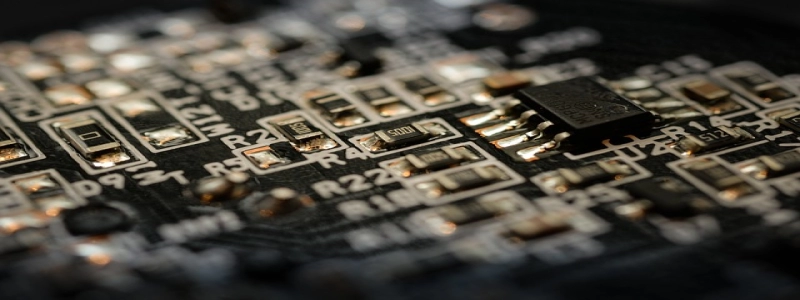BNC Connector Types
Introduction:
In the field of electronics and telecommunications, connectors play a crucial role in establishing secure and efficient connections between various devices. One such connector that is widely used is the BNC connector. BNC stands for Bayonet Neill-Concelman, named after its inventors, Paul Neill and Carl Concelman. This article delves into the different types of BNC connectors and their applications in various industries.
Types of BNC Connectors:
1. BNC Male Connector:
The BNC male connector is the most common type of BNC connector. It consists of a central pin surrounded by a metal casing with a twist-lock mechanism. This connector is primarily used to connect cables or components that have a BNC female socket.
Applications:
– Used in video surveillance systems to connect cameras to recording devices.
– Frequently found in oscilloscopes and other measurement instruments for signal transmission.
– Used in computer networks for Ethernet connections.
2. BNC Female Connector:
The BNC female connector is designed to receive the BNC male connector. It has an outer metal casing and a receptacle for the central pin of the male connector. This connector is typically found on cables or components and provides a socket for connecting with BNC male connectors.
Applications:
– Used in CCTV systems to connect cameras to cables.
– Commonly used in audio and video equipment for signal transmission.
– Found in testing and measurement devices, such as spectrum analyzers.
3. BNC T Connector:
The BNC T connector, also known as a BNC tee, is a three-way connector used for branching connections. It has a BNC female socket on one end and two BNC male plugs on the other ends. This connector allows signal splitting without the need for additional adapters or cables.
Applications:
– Used in video applications to connect multiple monitors or displays to a single signal source.
– Often utilized in testing setups where multiple devices need to be connected to a common signal source.
– Provides a convenient solution for signal distribution in audio and video production studios.
4. BNC Terminator:
The BNC terminator is a BNC connector with a 50-ohm resistor across the central pin and outer casing. It is used to terminate an open-ended BNC cable or socket to prevent signal reflections and maintain signal integrity.
Applications:
– Essential in network termination points for impedance matching and signal termination.
– Utilized in radio frequency (RF) systems to prevent signal loss and reflections.
– Commonly used in high-frequency applications, such as measurement equipment.
Conclusion:
In summary, BNC connectors are versatile and widely used in various industries for their secure and reliable connections. The BNC male and female connectors form the basis of most BNC connections. The BNC T connector enables branching of signals, while the BNC terminator ensures proper termination and signal integrity. Understanding the different types of BNC connectors and their applications is essential in building efficient and robust electronic systems.








